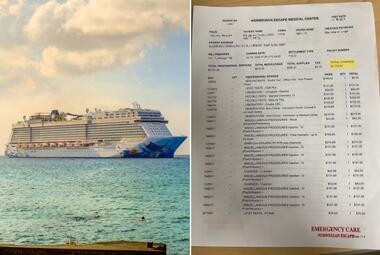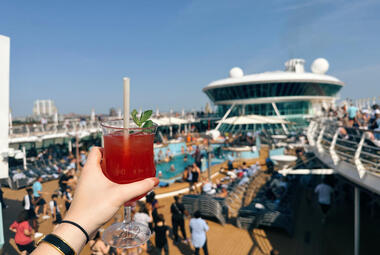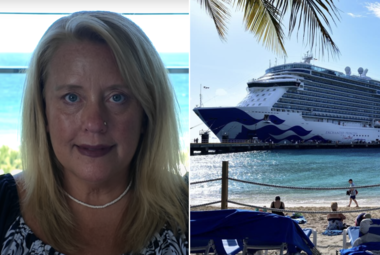You have booked your voyage, and you are super excited. You have started making a packing list, and you have given a ton of thought to what you will do onboard and in port. But have you thought about the in-between?
If you are new to cruising, we will tell you all you need to know about the logistics of boarding your ship and heading ashore. Boarding a cruise ship is not like checking into a hotel! There are a few more steps that you should be aware of before you get to the terminal, so you are not hit with any major surprises.
This is your guide to embarking and disembarking your cruise ship is below.
Embarkation Day
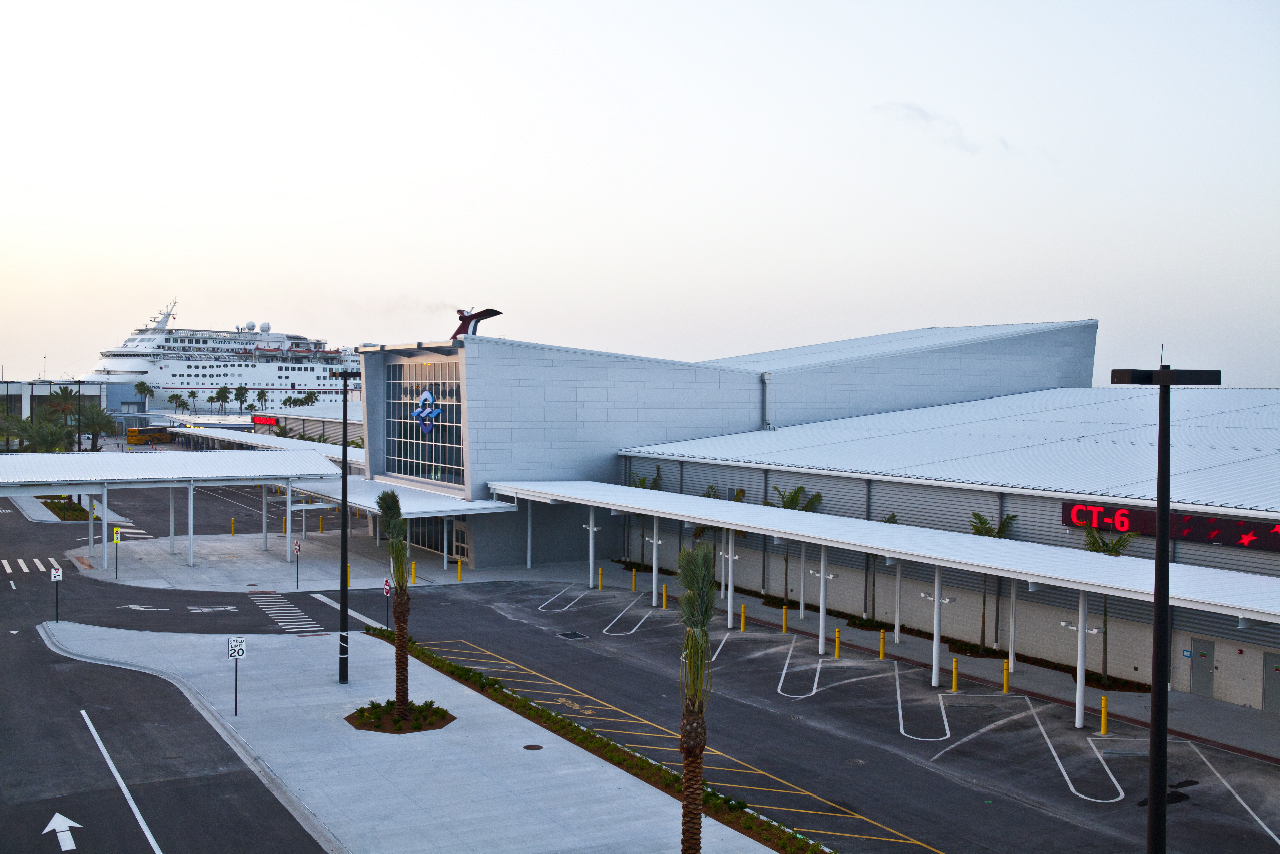
When the day of departure finally arrives, you will head to your ship's homeport, the place where you will board the vessel. Oftentimes, the disembarkation port is the same, unless you booked a one-way cruise itinerary. This are most common for repositioning trips.
What travel method makes the most since for you and your travel party? Are you going to have to fly to the port city the night before? Are you close enough that you can drive there the morning of embarkation? These are logistics that need to be thought through early in advance, especially if you have to fly. You do not want to be subject to last minute airfare prices, nor should you plan on flying in the same morning. One flight delay could wreak havoc on your vacation, as the ship will not wait for you.
Read more: Why you should plan a cruise within driving distance
Many cruise lines are now assigning specific arrival times to cruisers for check-in. This ensures that the terminal building is not too crowded and that you are not waiting around for hours to board your ship. To get the earliest arrival time, you will want to take note of when online check-in for your cruise opens. The sooner you log-in, the more times you will have to choose from.
When you arrive, give will your bags to a porter, keeping all medication and valuables (including check-in documents and identification) with you.
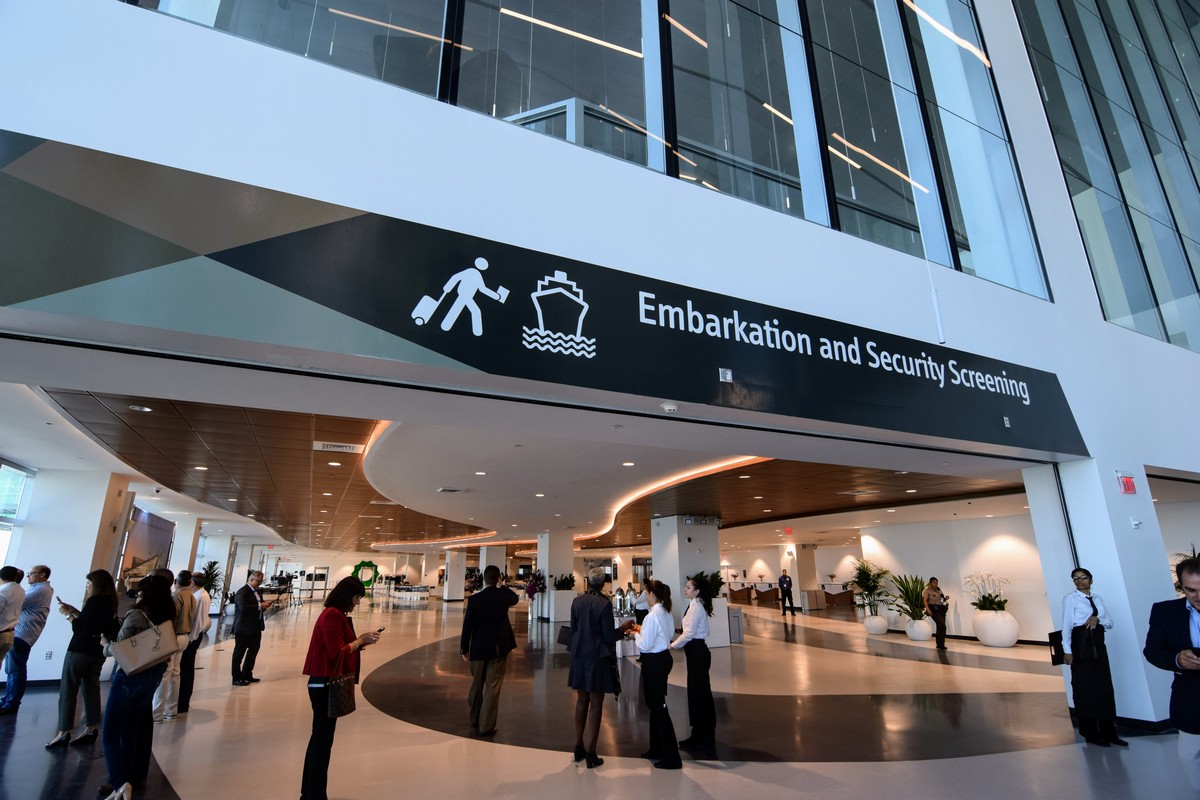
Your luggage will be taken onboard and delivered to your cabin, but it could take several hours. You will want to keep a tote or small carry-on with you, including a change of clothes for dinner, a bathing suit, pajamas and anything else you might need before the evening (Note that a small tip is customary for porters and crew who deliver your bags).
When you enter the terminal building, follow signs or employee directions to the check-in area. If you have already checked-in via a cell phone app or the cruise line's website and set up an onboard account, you should encounter a fairly quick and simple electronic process that involves scanning a code your cell phone or a barcode on your boarding pass.
If you have not checked in ahead of time, you will be directed a check-in desk, where you will fill out any necessary health forms, show your passport or other acceptable ID, and set up an onboard charge account (Purchases onboard are cashless, and your room key serves as your charge card, which will either be linked to a credit card or a set amount of cash, which you will have to provide up front).
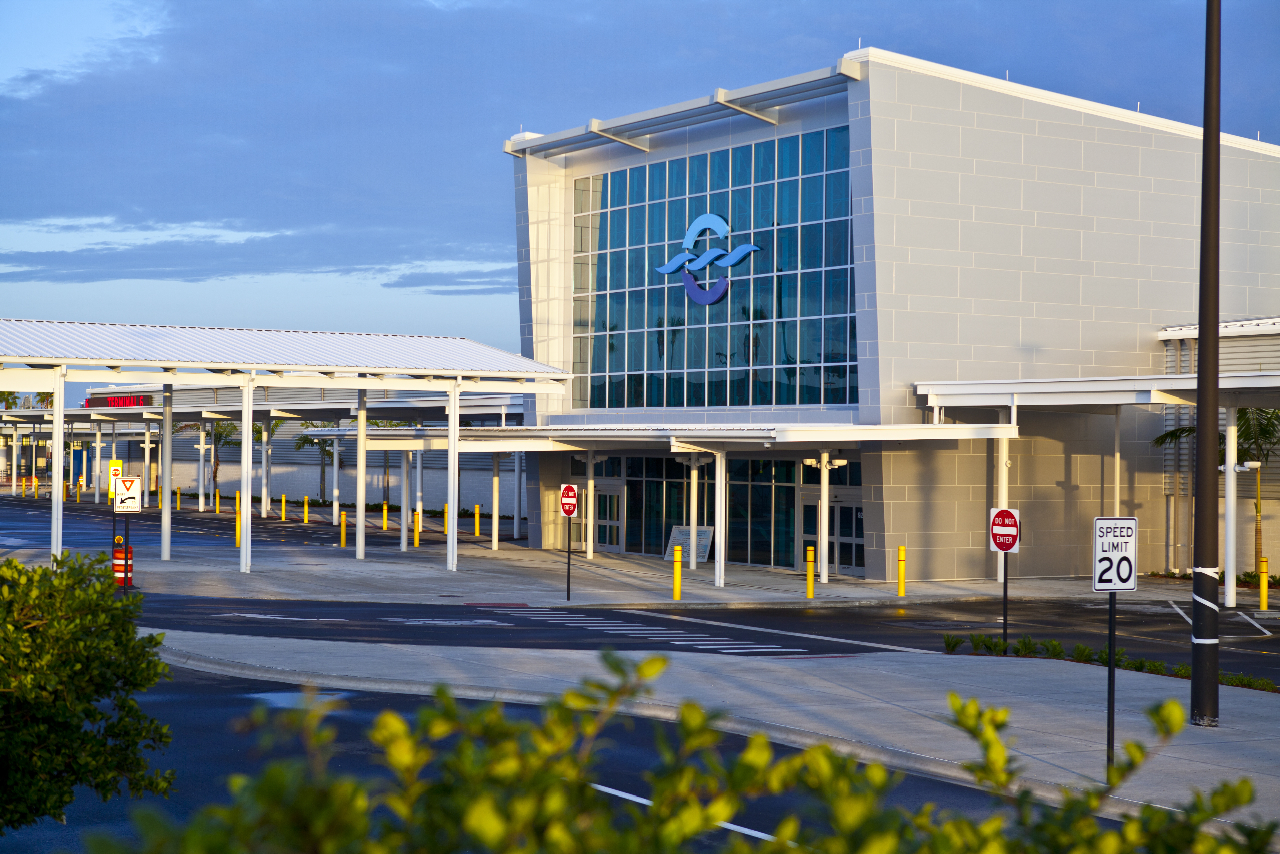
Note that on certain international voyages, the cruise line might keep your passport at the front desk in order to make it easier for immigration officials to check documentation when the ship arrives in each new country on the itinerary. This is standard practice, and your passport will be returned to you before disembarkation.
If you have paid for priority boarding privileges, reached elite loyalty status with the cruise line, or booked a suite, you will likely have a shorter wait time, which can sometimes be spent in a designated lounge. There, you will often find comfortable chairs, light refreshments, and concierges who can answer any questions you have prior to getting on the ship.
After check-in, simply make your way to the gangway when you are called (this might be via seated row or group number), where a crew member will swipe your keycard to make an electronic note that you have boarded. Keep your keycard with you at all times while onboard and ashore. Some cruise lines do you give you your card until you are allowed access to the stateroom. If this is the case, simply scan your boarding pass. This makes note that you are on the ship, too.
Disembarkation in Port

When a ship reaches a port of call, it will either pull up to a dock, which allows passengers to step directly from the vessel onto dry land, or it will drop anchor if there is no dock available or if the water near the port is too shallow for the ship to pull closer.
The latter requires passengers to tender back and forth from the cruise ship to the port with the use of smaller vessels, known as tender boats.
As with embarkation, passengers who have paid for a priority option, those booked in suites, and those who have high-level loyalty status will be allowed to disembark first in port, along with those who have booked early shore excursions through the cruise line.
Everyone else must wait until announcements are made, giving the general ship population the go-ahead to leave the ship. On some larger vessels, passengers without excursions or priority disembarkation privileges must report to designated areas of the ship to pick up disembarkation cards that dictate the order in which they can leave.
It is important to pay attention to what information is provided to you about the tender process. You may be required to meet somewhere on the ship to get a tender group number, which acts as your "key" to disembark. The earlier the number, the earlier you will get off of the ship.
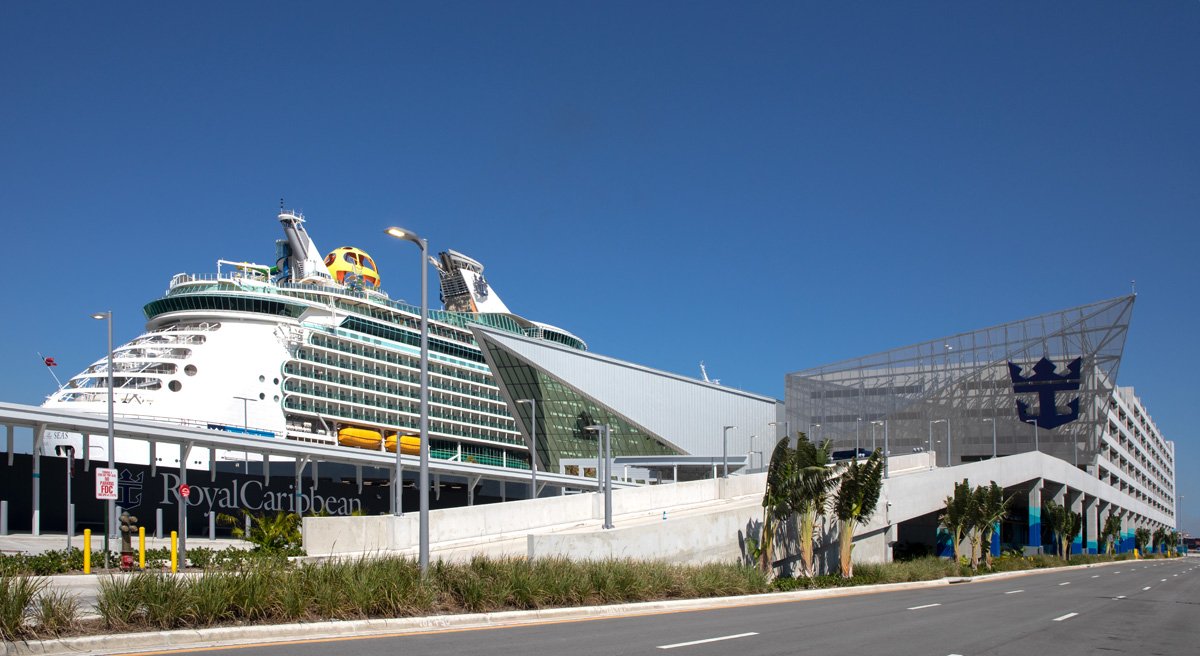
When you reach the gangway, your cruise card will be swiped so the crew can electronically keep track of who is no longer onboard.
Before you leave your vessel, be sure to note the documents you will need in order to return to your ship. In most ports, you will have to pass through a terminal building. When you come back through, a security guard will be there to check your keycard and ID.
Also verify the all aboard time, the time at which all passengers must be back onboard before sailaway). It is also crucial to ask whether ship time is the same as the local time. Sometimes they differ; ship time is the one to which you will want to pay close attention so you are not late getting back.
Note that your ship will not wait for you if you miss the all aboard call. The only exception to this is if you are booked on a ship-sponsored shore excursion that is running late. Double check that you've got the correct time on your phone or watch, and set an alarm so you are not left sprinting down the pier as your ship sails off into the sunset.
Disembarkation at the End of Your Cruise
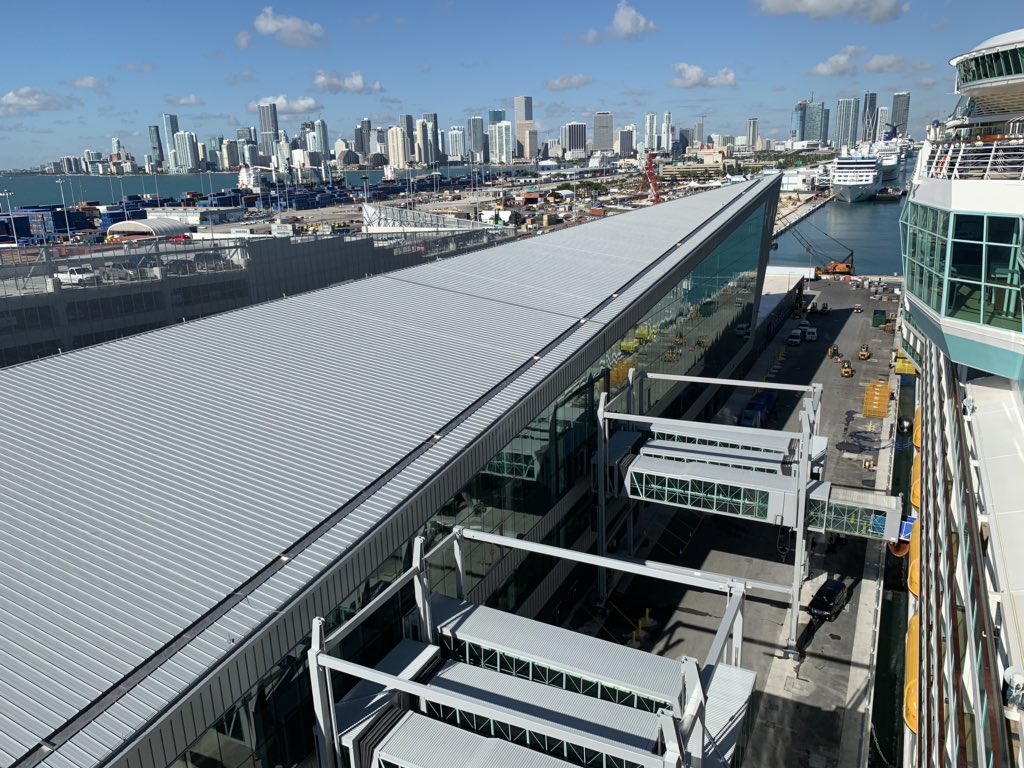
On most ships, passengers can choose from two types of disembarkation: regular and self-assisted. Those opting for regular will be assigned a time based on their frequent cruiser loyalty status, the type of cabin they are in, or the deck on which their stateroom is located. You may also request a specific time if you have an earlier or later flight.
Read more: 20 cruise ship disembarkation day mistakes to avoid
Color-coded luggage tags will be delivered to your cabin at least one day before disembarkation. If you have chosen standard disembarkation, attach them to your luggage and place your bags outside your cabin door before you go to sleep on the final night. They will let you know the cut-off time, which is usually anywhere from 10:00pm - 12:00am.
Crew will take your things, and the next time you will see it will be when you pick them up in the terminal upon leaving the ship the next morning. Look for the colored luggage area (or number) that matches the color on your bag tags (Remember to keep valuables, medications and a change of clothes with you, or you will be disembarking in your pajamas).
If you opt for self-assisted disembarkation, you will keep your bags in your cabin with you and carry them off the ship yourself. This is the best option if you have an early flight to catch or do not want to wait for your assigned time to leave the ship, as self-assisted passengers are given the all-clear to leave first.
Read more: 10 reasons to get off your ship as early as possible on disembarkation day
When you cross the gangway for the final time, you'll swipe your card as you've done all sailing long. This will indicate to the crew that you have left the ship or, essentially, checked out. Your keycard will then automatically be deactivated, and you are welcome to keep it as a memento (They make great magnets, Christmas ornaments and scrapbook fodder).
When you leave the ship and enter the terminal, you will collect your luggage (if necessary) and pass through a check by Customs and Border Protection before you head home. Be prepared to wait in line and have your passport and customs declaration form ready. After you pass through this, you are set to continue with your travel plans, whether that is catching a cab to the airport, hopping in your car, or heading to your post-cruise hotel.






